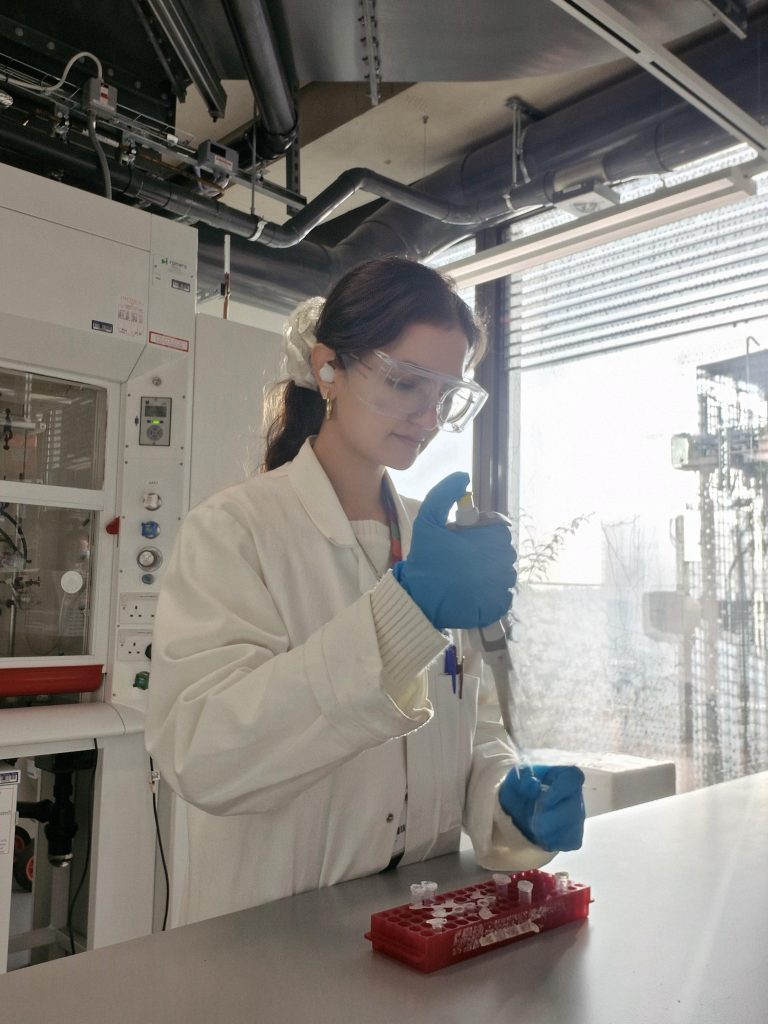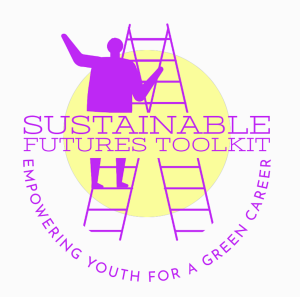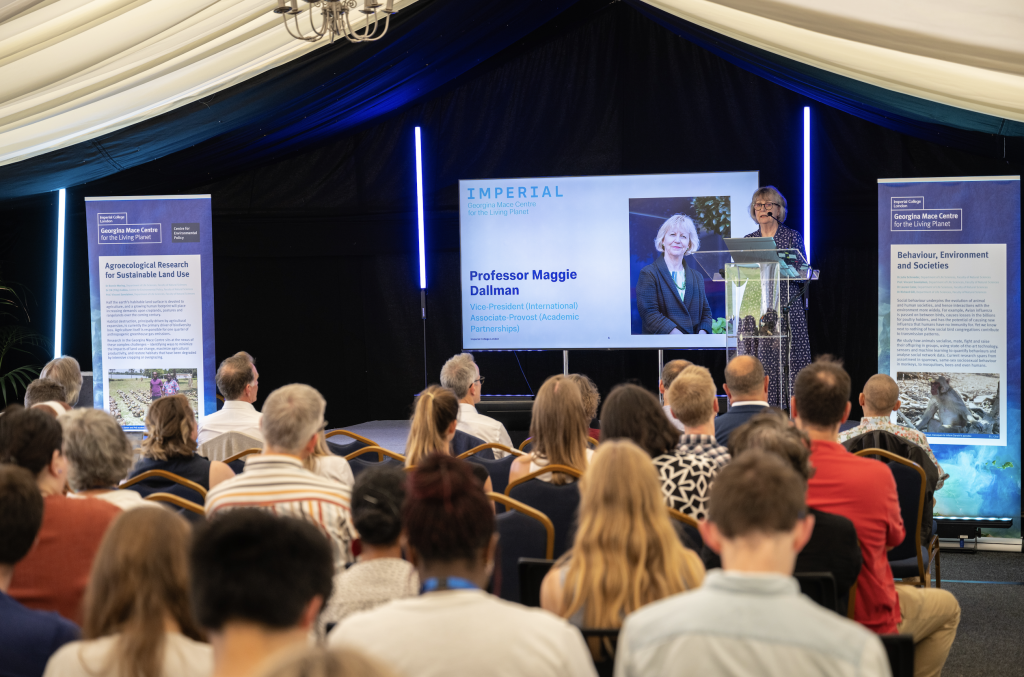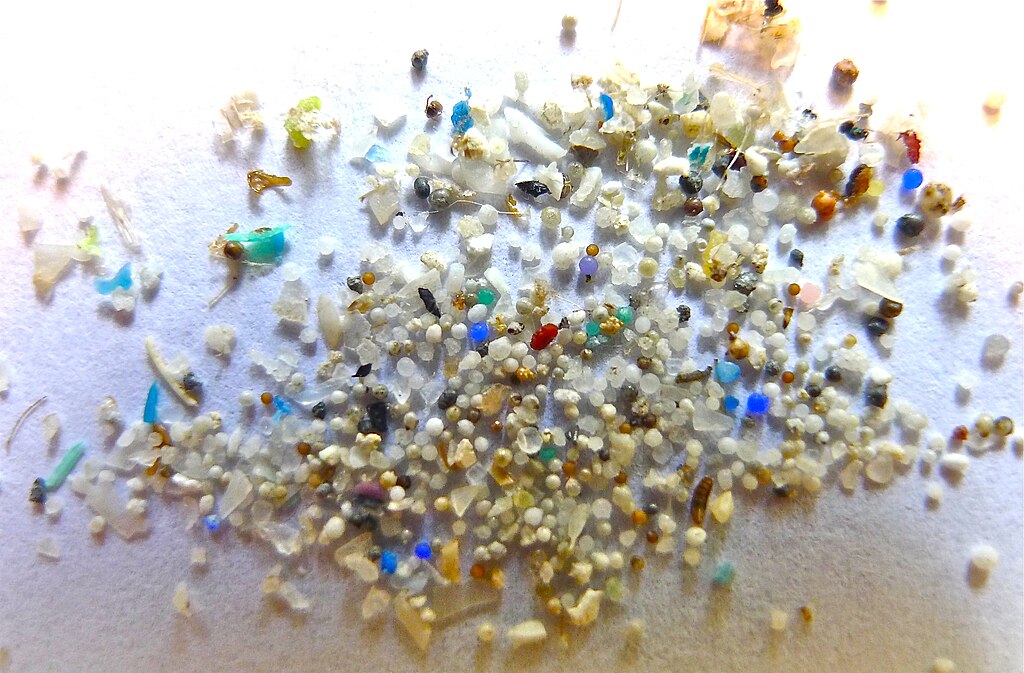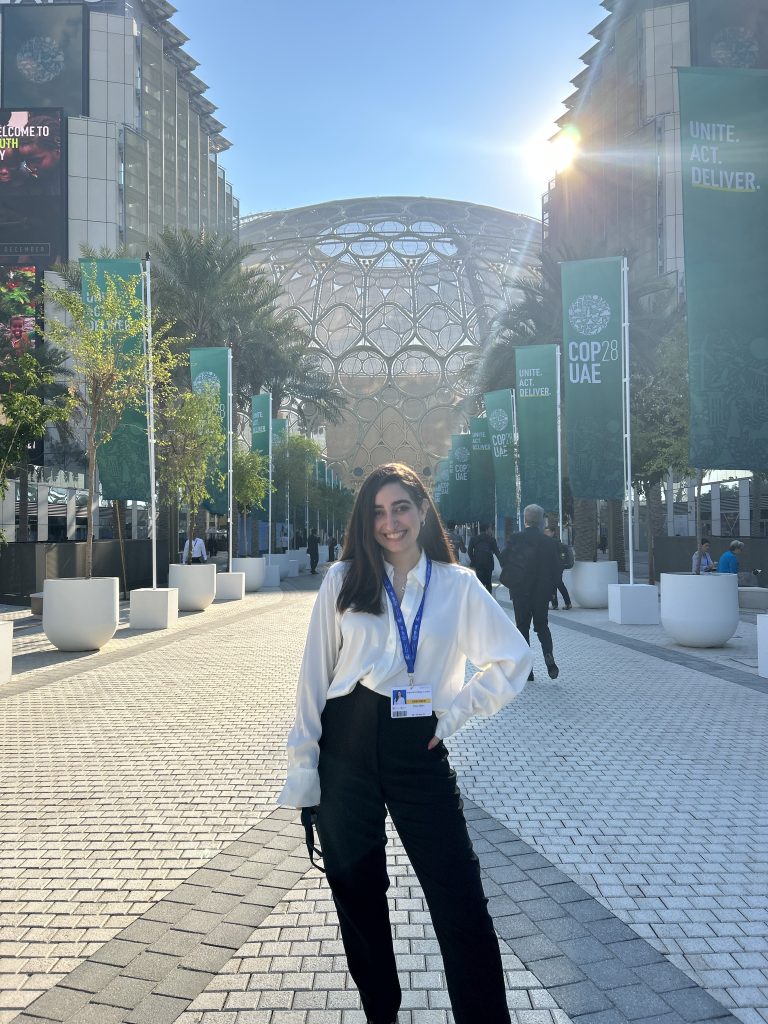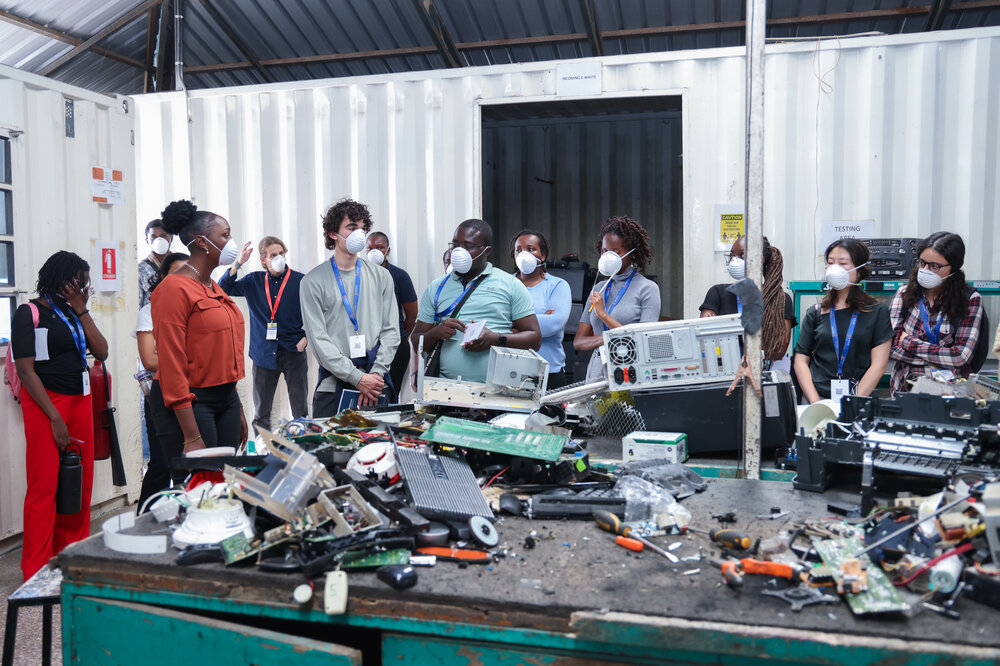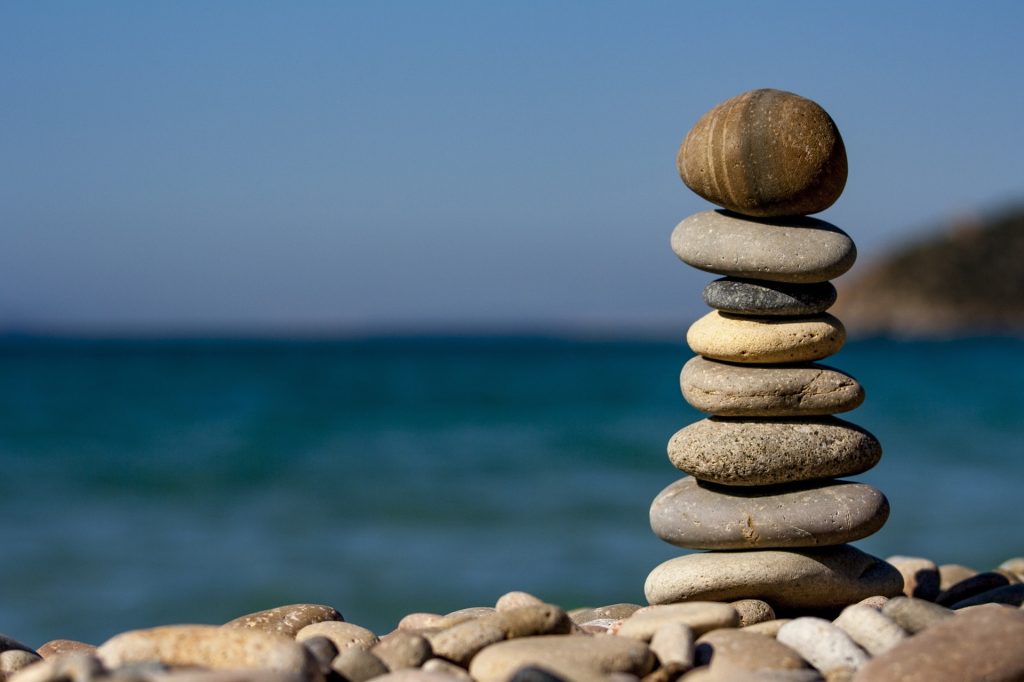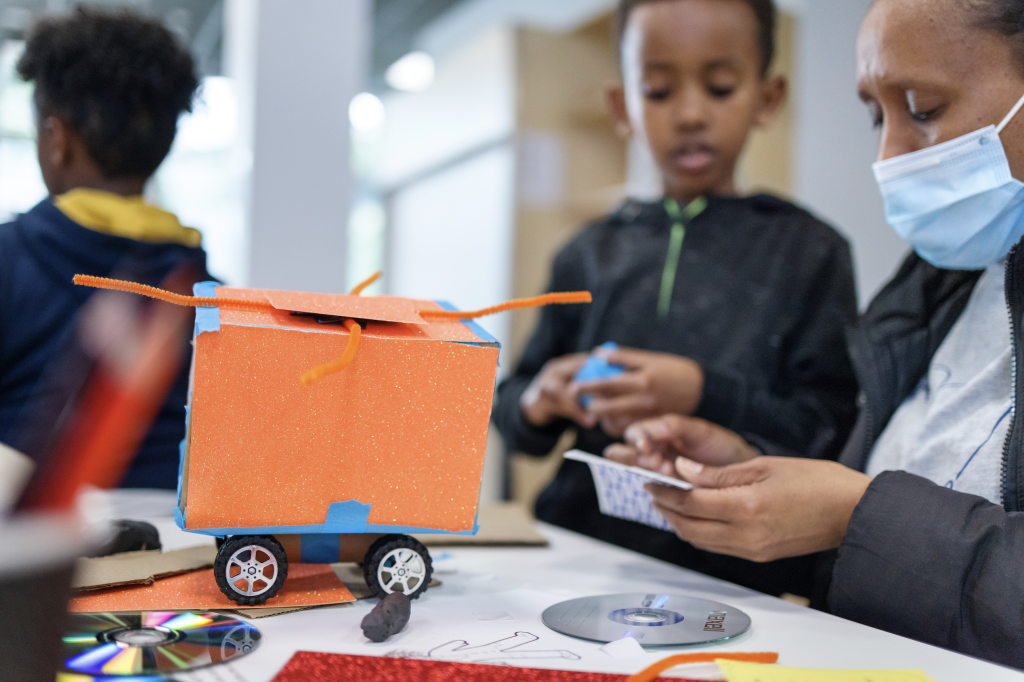Krystal Birungi, a field entomologist from Uganda and an advocate for investment in fighting malaria, spoke about the release of the World Health Organisation’s World Malaria Report 2024, In December, Krystal visited the House of Commons to call for increased funding to combat the disease, which claims the life of one child every minute in Africa.
Malaria remains one of the leading causes of death on the African continent, which bears the heaviest burden of the disease. In 2023, Africa accounted for an estimated 94% of global malaria cases and 95% of malaria-related deaths.
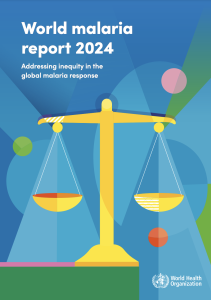
Here she shares her thoughts on the new World Malaria Report.
